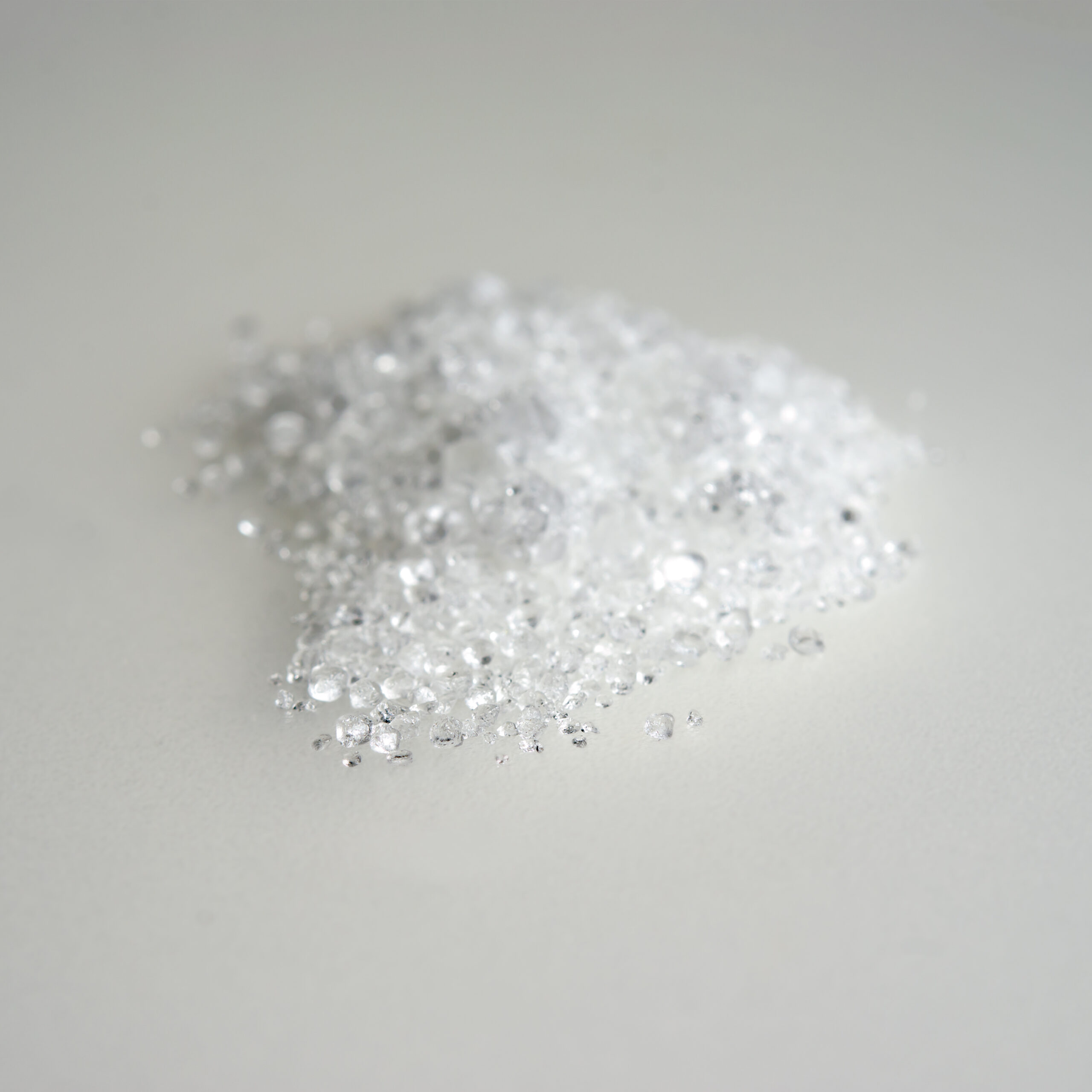
In my opinion, we should be cautious and do our own research when consuming or putting on our skin (our largest organ) compounds that are considered “safe to use in low concentrations” by scientific studies. These studies do not readily include what is considered a “low concentration” nor do they define a timeframe for spreading out the use of such compounds. Why do I bring mention timeframes? The “low amount” is not the only thing to consider we must also consider how long it will take our body to remove this compound through normal metabolic excretion. How quickly can your body get rid of this compound? Butylated hydroxytoluene or BHT is one of these compounds. BHT is banned from foods in Japan, the UK, Romania, Sweden, Australia, and from baby food in the US. It can still be found in breakfast cereals, chips, and many convenience foods, and in many beauty products.
BHT is most used as a food additive to preserve freshness. It functions like a synthetic form of vitamin E, suppressing the oxidation process. (Like the oxidation that occurs when a sliced apple turns brown). It is also used as a preservative and antioxidant in beauty products to stabilize the formulation and prevent oxidation. You will also find it in pharmaceuticals, jet fuels, rubber, petroleum products, electrical transformer oil, and embalming fluid.
It is recognized as safe by the Food and Drug Administration (FDA) based on a 1979 study using rats and mice. The National Cancer Institute also found BHT to be non-carcinogenic in 1979. However, more recent studies have resulted in conflicting data. This conflicting data points to potential links to cancer, asthma, hormonal disruption in fetuses, and behavioral issues in children. This more recent information has led to the Center for Science in the Public Interest, a consumer group, to add BHT to their “caution” list. Another consumer group focused specifically on personal care products, EWG’s Skin Deep database, searchable database lists BHT among ingredients linked to cancer, allergies, biochemical or cellular changes, endocrine disruption, neurotoxicity, and developmental toxicity in fetal cells. (I’ve included link to these studies below).
Since BHT is found in many different foods and beauty products, it is easy to go well beyond the acceptable low concentration by using multiple products. Earlier in this article, I mentioned that we should be aware of amounts and timeframes. Some studies conducted on rats and mice over a long period of time indicate that BHT has the potential for accumulation in the body. These studies link this build-up of chemical preservatives to stomach and bladder cancer, liver damage, and tumor production.
Not everyone agrees that BHT that should be avoided. Some take BHT as a supplement because of its antioxidant properties. Antioxidants are potent protective compounds that provide health benefits ranging from anti-aging and reducing inflammation to cancer prevention. There are other options that don’t come with conflicting data. Tocopherol for example is a form of vitamin E that serves as a powerful antioxidant. It’s used in supplements and as an ingredient in skin care products to promote healthy aging. Certain foods are also high in vitamin E. (See list below).
I personally stay away from foods and beauty products containing BHT because of its prevalence in everyday consumer goods. (The fact that our bodies are not able to rapidly remove it from our system which can lead to an accumulation). Vitamin E(Tocopherol) has been found to be an equally good preservative, with none of the side effects of BHT. I personally believe that we should give equal thought to what goes in the mouth and what goes on your skin with the goal of keeping both as close to nature as possible. Tocopherol, over the cheaper option BHT, is one of those choices I make for myself and everyone who uses our Premium Skincare line.
Foods that are high in Vitamin E
- Wheat Germ Oil
- Sunflower Seeds
- Sunflower oil
- Almonds
- Hazelnuts
- Pine Nuts
- Peanuts
- Atlantic Salmon
- Avocado
- Red Sweet Pepper
- Mango
- Turnip Greens
- Kiwi
- Tomato
Butylated hydroxytoluene (BHT) | Center for Science in the Public Interest (cspinet.org)
Final report on the safety assessment of BHT(1) – PubMed (nih.gov)
Chronic study on BHT in rats – ScienceDirect
Butylated Hydroxytoluene BHT | GreenMedInfo | Toxic Ingredient
Microsoft Word – BUTYLATED HYDROXYTOLUENE (srlchem.com)
Tocopherol Benefits, Uses, Foods, Side Effects and More – Dr. Axe (draxe.com)

